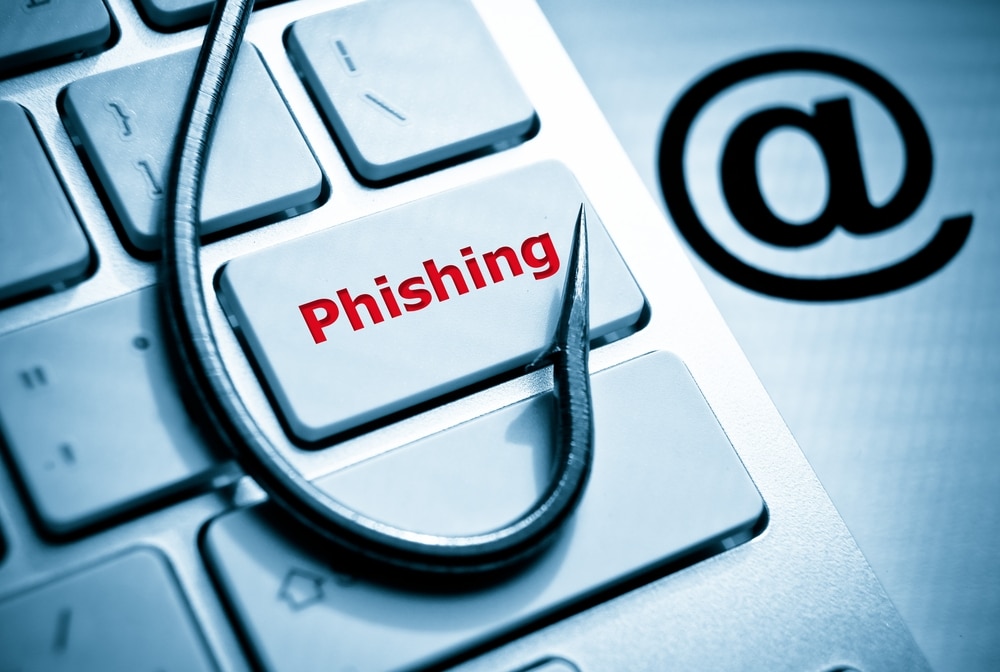In the digital age, staying safe online is more crucial than ever. Phishing scams are among the most common and effective methods used by cybercriminals to steal sensitive information, such as passwords, credit card numbers, and personal data. Fortunately, with awareness and vigilance, you can protect yourself from falling victim to these scams. In this guide, we'll explore how to recognize phishing attempts and avoid them effectively.
What is Phishing?
Phishing is a type of cyber attack where fraudsters impersonate legitimate organizations or individuals to trick users into providing confidential information or downloading malicious software. These scams often occur via email, text messages, or fake websites designed to look like reputable sources.
How to Recognize Phishing Attempts:
1. Check the Sender's Email Address: Be wary of emails from unfamiliar or suspicious addresses. Pay close attention to misspellings or subtle variations in domain names that may indicate a fraudulent sender.
2. Look for Urgency or Alarmist Language: Phishing emails often use urgent language or threats to pressure recipients into taking immediate action. Beware of messages claiming that your account will be suspended unless you provide information promptly.
3. Verify Requests for Personal Information: Legitimate organizations typically won't ask you to provide sensitive information such as passwords or credit card numbers via email. If in doubt, contact the company directly through official channels to confirm the request's authenticity.
4. Inspect Links and URLs: Hover your mouse over hyperlinks in emails to reveal the destination URL. Be cautious of links that redirect to unfamiliar or suspicious websites, especially those with slight variations in spelling or domain names.
5. Watch for Generic Greetings: Phishing emails often use generic greetings like "Dear Customer" instead of addressing recipients by name. Legitimate communications from reputable companies are more likely to use personalized salutations.
6. Be Skeptical of Attachments: Avoid opening email attachments from unknown senders, as they may contain malware or viruses. Even attachments from seemingly trusted sources should be treated with caution if unexpected or unusual.
How to Avoid Falling Victim to Phishing Scams:
1. Educate Yourself and Others: Stay informed about the latest phishing tactics and share this knowledge with friends, family, and colleagues. Awareness is key to preventing successful phishing attacks.
2. Use Multi-Factor Authentication (MFA): Enable MFA whenever possible to add an extra layer of security to your accounts. This requires additional verification beyond just a password, making it harder for attackers to gain unauthorized access.
3. Install Security Software: Use reputable antivirus and anti-phishing software to help detect and block malicious threats. Keep your security software up to date to ensure optimal protection against evolving cyber threats.
4. Keep Software and Systems Updated: Regularly update your operating system, web browsers, and applications to patch security vulnerabilities. Hackers often exploit outdated software to launch phishing attacks and infiltrate systems.
5. Trust Your Instincts: If something seems suspicious or too good to be true, it probably is. Trust your instincts and err on the side of caution when interacting with unfamiliar or unsolicited messages, links, or attachments.
By staying vigilant and following these best practices, you can significantly reduce your risk of falling victim to phishing scams. Remember to remain cautious and skeptical of unsolicited communications, and always verify the authenticity of requests for personal or sensitive information. With awareness and proactive security measures, you can safeguard your online accounts and protect yourself from cyber threats. Stay safe online!




No comments:
Post a Comment